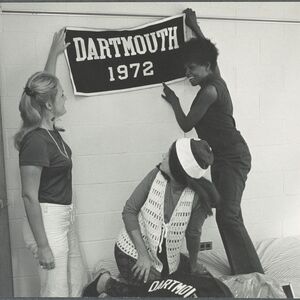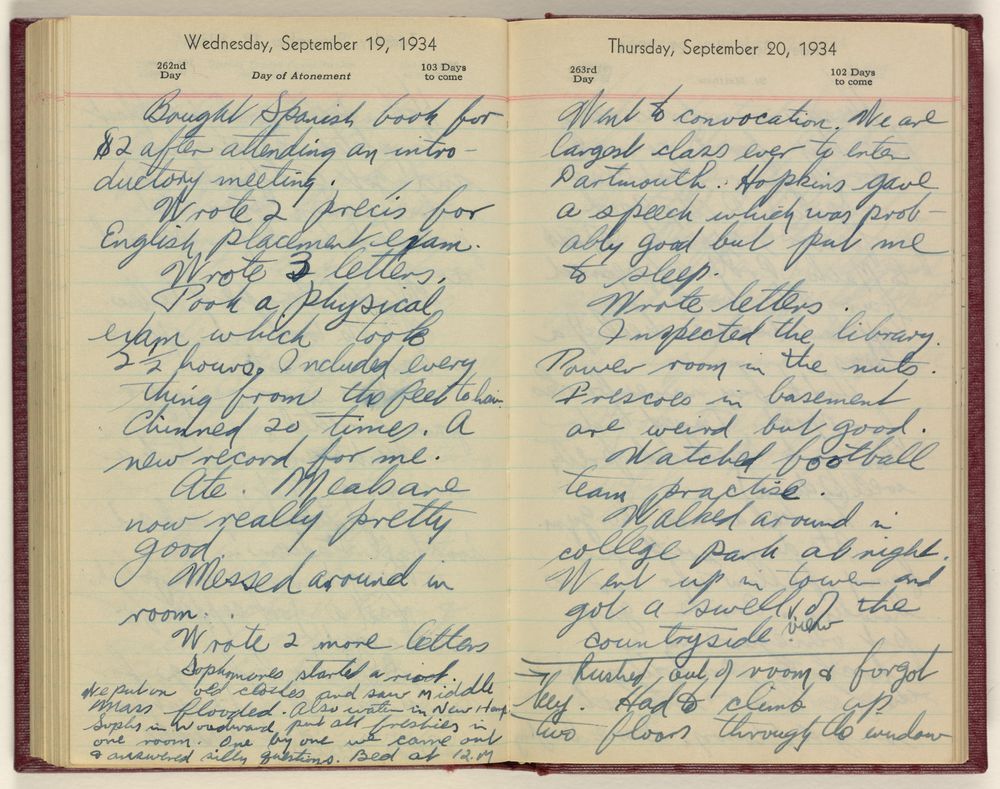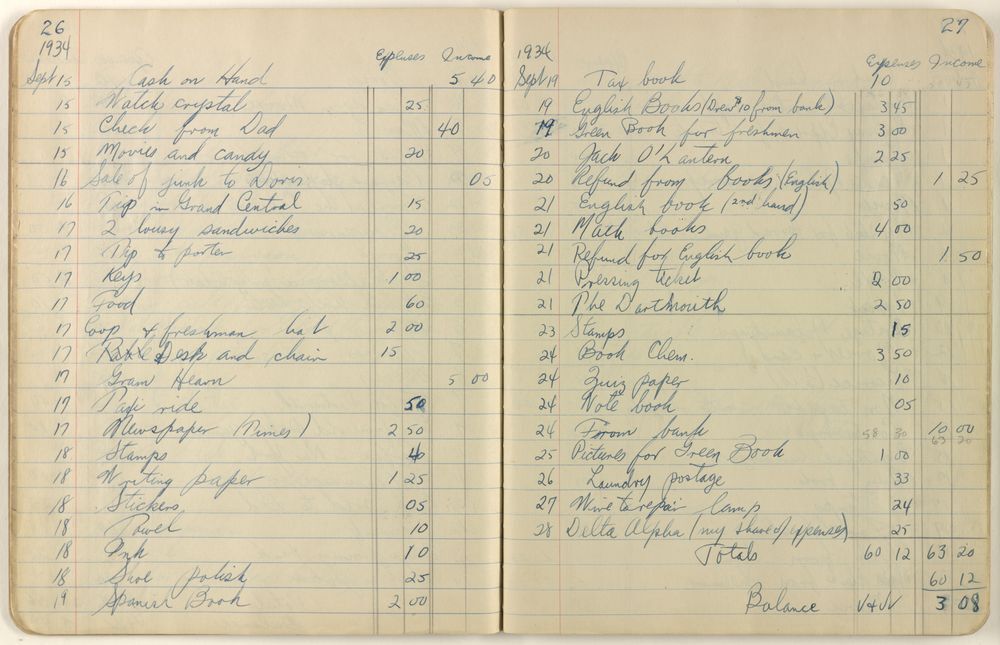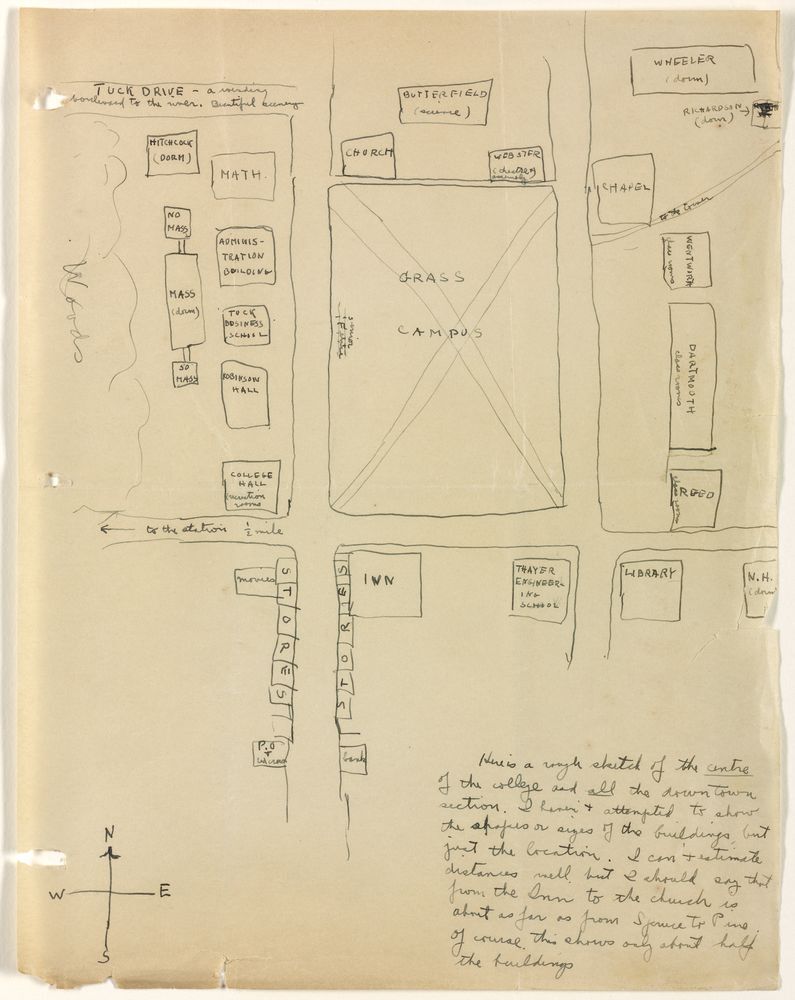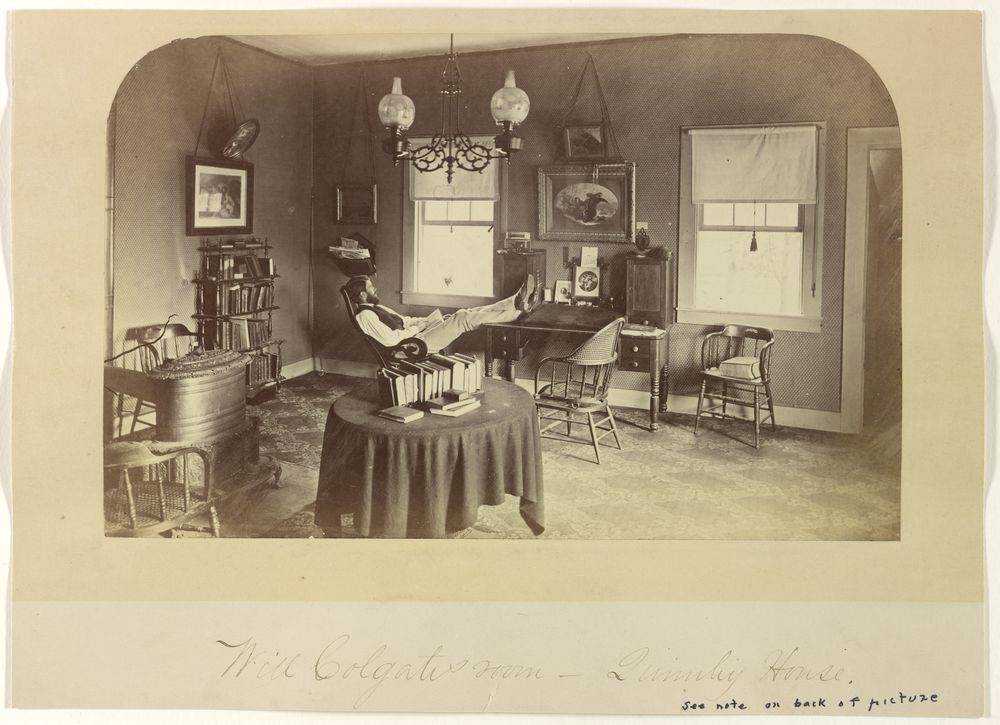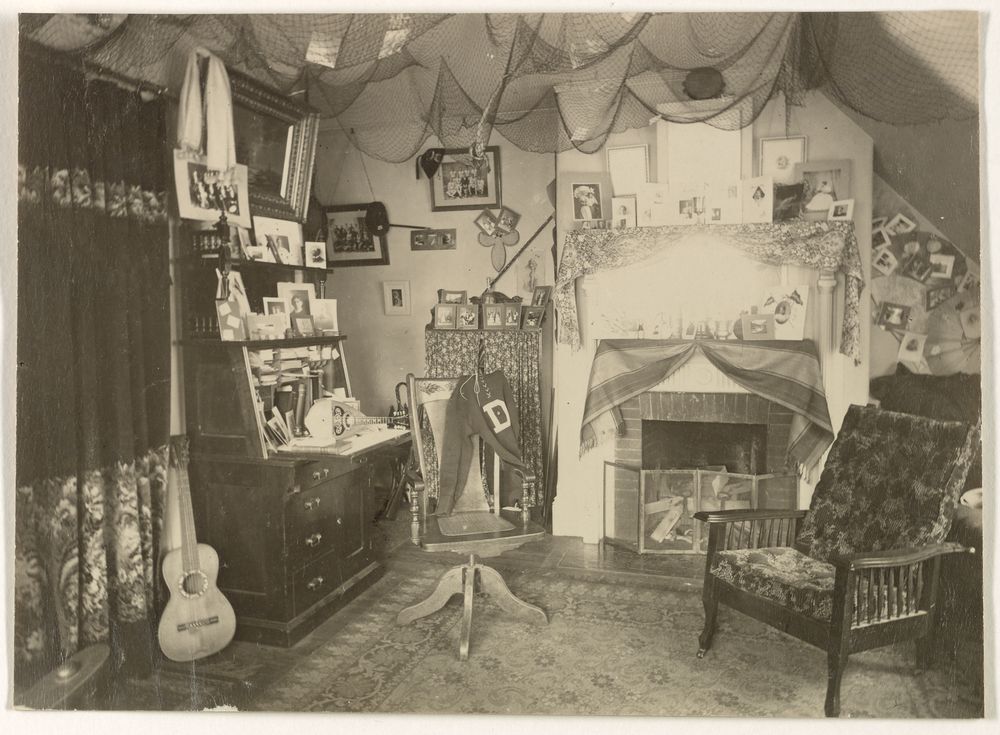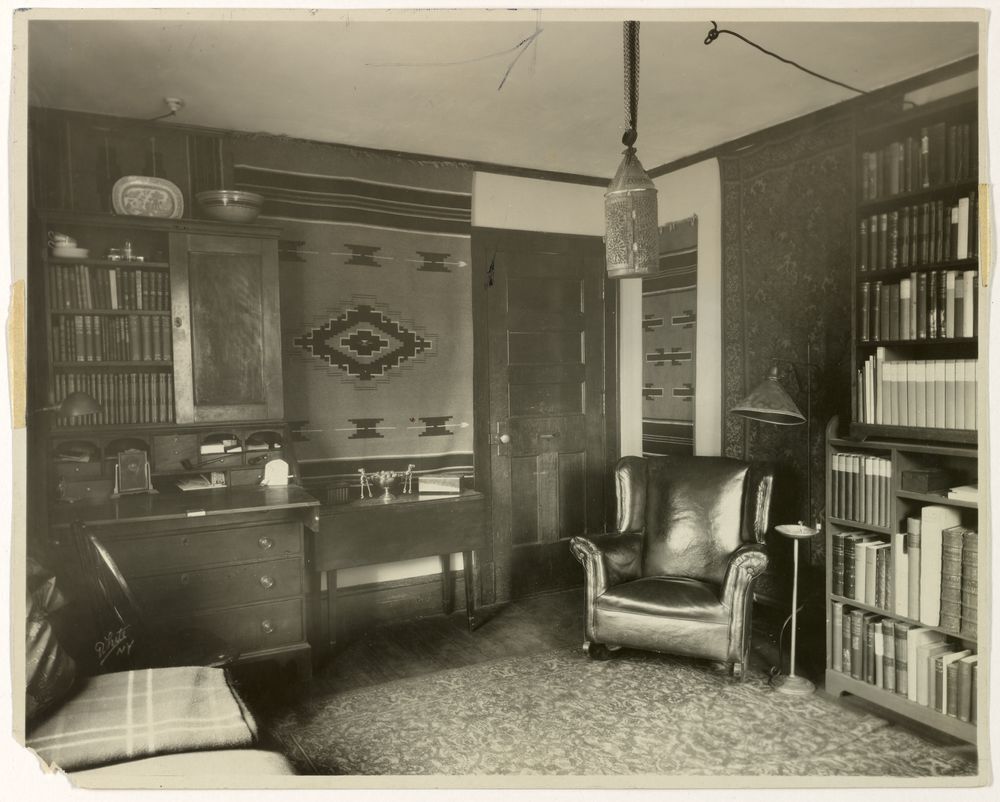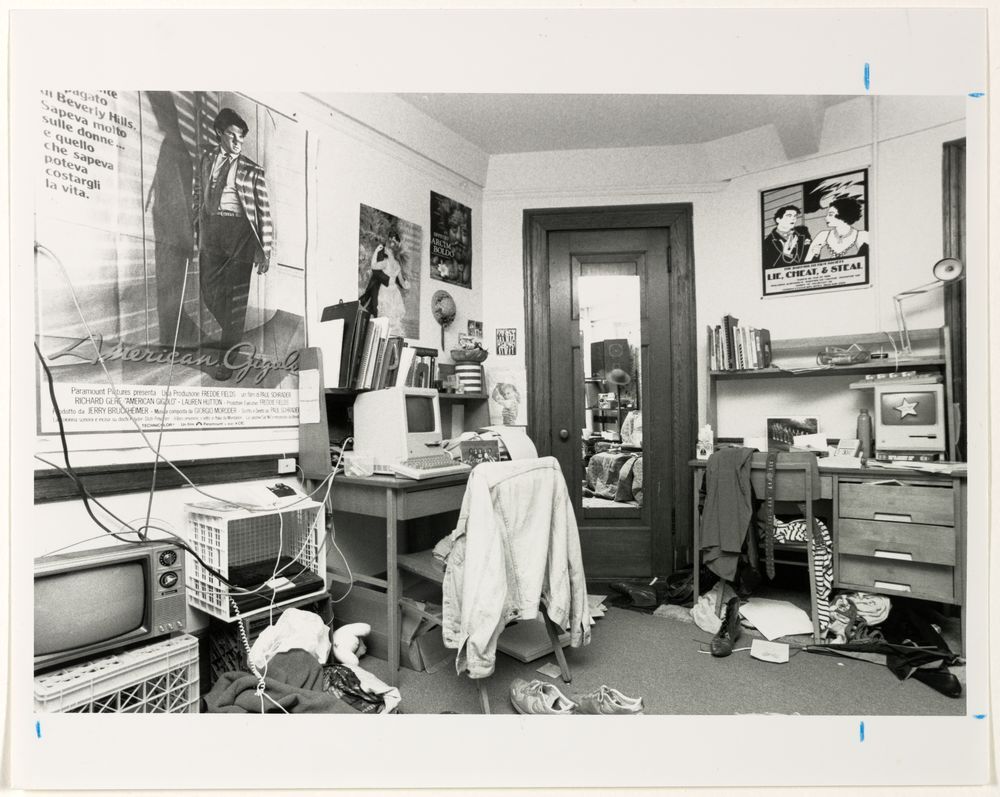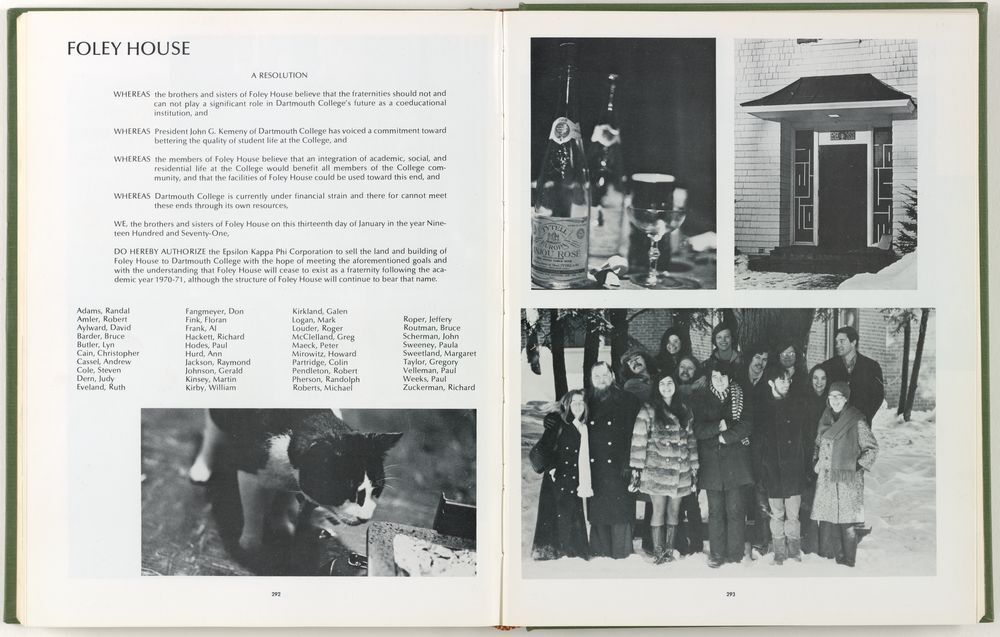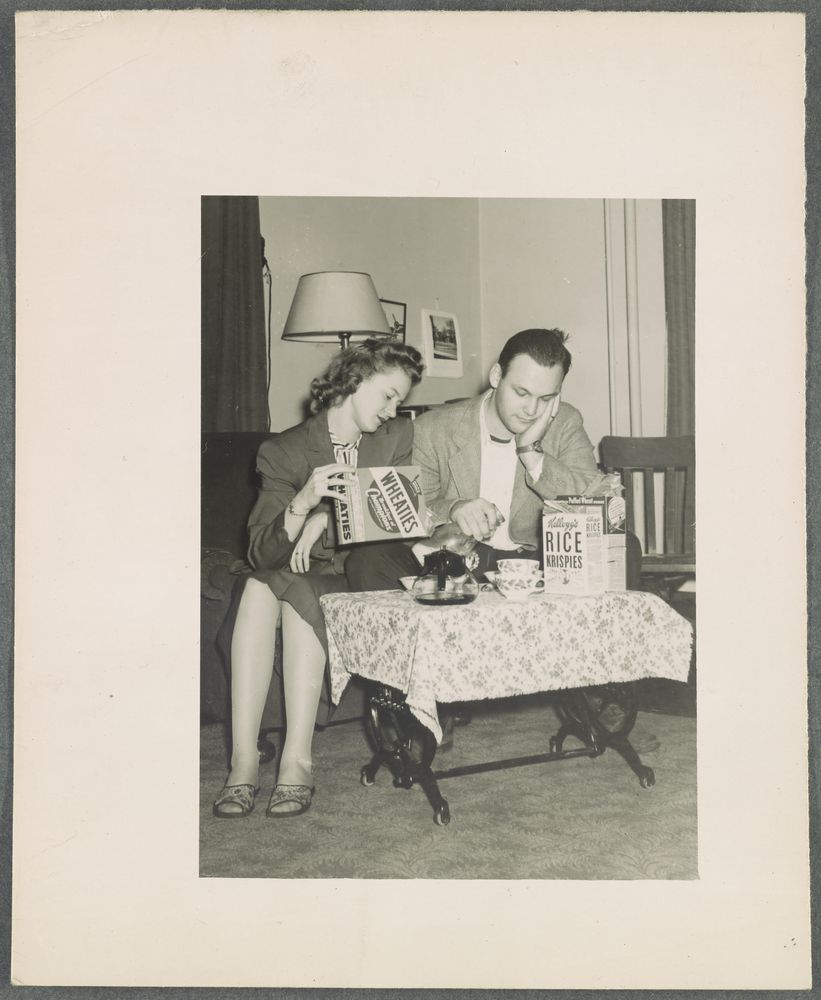Home away From Home: Life in the Dorms
The freshman dorm—your roommate will either be the bane of your existence or become one of the closest friends you’ll ever make. If your roommate doesn’t suffice, someone else on the floor, or perhaps the whole group, will fill in. Communal living does that. Pull a bunch of eighteen-year-olds away from everything they know, and most of them will find their communities.
With the D-plan, the campus is always shifting and new alliances are constantly being forged, but in the early 20th century, students would lay claim to a room for several years running. The rooms, only marginally furnished, would take on the personalities of their occupants. They would also help to define your status on campus: nicer rooms cost considerably more, so social bifurcation was blatantly on display.
But dorm life wasn’t for everyone. In the 19th century, many people of color were excluded from the dorms and were forced to seek alternative housing. In the late 1940s, veterans returned from the war, many married, and Married Student Housing was created. And in the 1970s, rebellion caused one fraternity, Foley House, to reject both the Greek life and the dorms. It split off to become one of Dartmouth’s many affinity houses.
Previous: The Expanding Campus -- Next: Dislocation

